Aster Any Color Plant
₹321.00 ₹241.00
Asters can be planted anytime from spring through fall. In warm areas, avoid planting during the heat of the summer. In cool areas, plant no later than early fall so the roots have time to develop before freezing temperatures arrive.
Description
Purchase Description
- Aster (Any Color) – Plant
- Product Material : Natural Plant With Pot , Quantity : 1
- Pot : Height : 5 Inches (13 cm), Pot Colour : Black (Plastic)
- Very easy to maintain and Suitable for gifting to Plant Lovers
Plant Description
Flower color:
Colors are diverse, ranging from white and pastel blues and pinks, to hybrids of deep scarlet and purple.
Bloom time:
August through October; varies depending on species and cultivar.
Height/spread:
Most range from 1 to 4 feet in height, with some growing as tall as 5 or 6 feet and some staying as small as 6 inches. Their width typically ranges from 1 to 3 feet.
PLANTING ASTERS
When:
Asters can be planted anytime from spring through fall. In warm areas, avoid planting during the heat of the summer. In cool areas, plant no later than early fall so the roots have time to develop before freezing temperatures arrive.
Soil:
All types of soil, but most prefer well-drained, organically rich soil. Learn more about preparing your soil
Exposure:
Full sun, tolerates light shade, likes cooler summer temperatures.
Spacing:
Depending on which ones you're planting, they’ll need to be spaced 1 to 4 feet apart.
Containers:
They can be planted in containers using a lightweight potting mix. Make sure your pot has a drainage hole and that there is easy access to water nearby. Some people even grow potted asters indoors.
CARE REQUIREMENTS
Water:
Once established, they require little watering, unless conditions have become unusually dry and the plants show signs of stress. Aster may need more frequent watering during the summer, especially when planted in free-draining soils. Keep soil moist, but not saturated. Mulching to reduce water loss is an important strategy for preventing disease.
Pruning:
Pinching back stems, or deadheading, several times before mid-July helps to control plant height, promote bushiness, and encourages blooming through the entire season. Leave a few wilted blooms at the end of the season if you want them to self-sow. Learn more about pinching and deadheading
Staking:
Taller stemmed varieties may require staking.
Fertilizing:
Some gardeners say a layer of organic mulch will supply all the nutrients they need, while others suggest a light application of an organic fertilizer at the start of their growing season. Do not apply fertilizer once they have started blooming as it may shorten the bloom time.
Dividing:
Whether you’re dividing to control the size or to propagate them, do it in spring just as new shoots are emerging. This will give them the entire growing season to overcome the shock. The frequency of division varies depending on the species and cultivar, but most will benefit from division every 2 to 4 years.
Pests and diseases:
In some areas foliar rust and can be a problem, while lace bugs pose the biggest threat when it comes to pest damage.
Disclaimer: The image is for reference purposes only. The actual product may vary in shape or appearance based on climate, age, height, etc.
Only logged in customers who have purchased this product may leave a review.

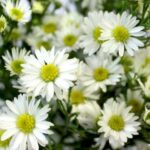
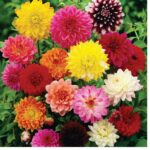
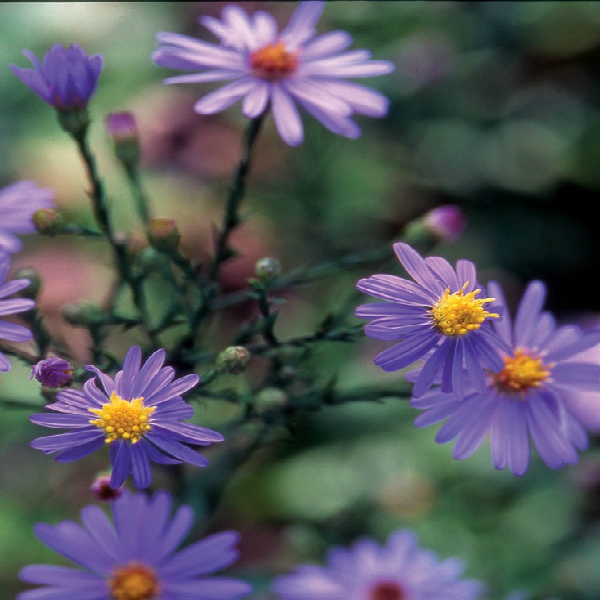
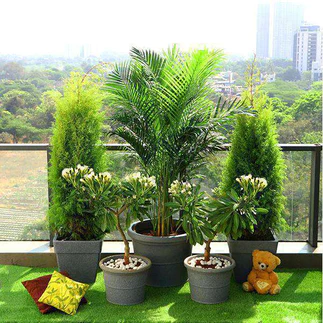
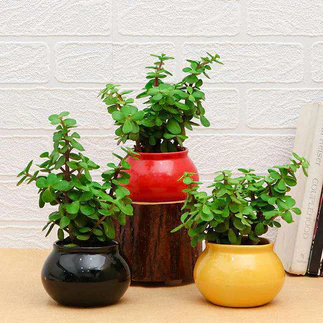
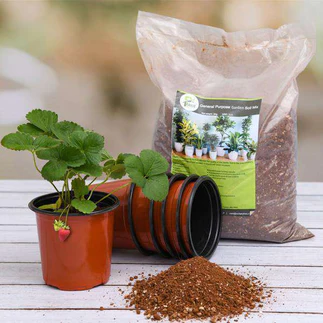
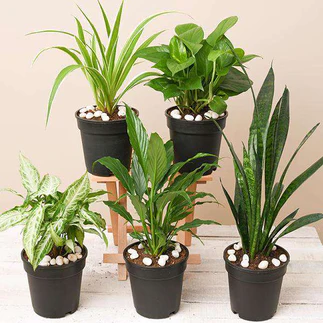
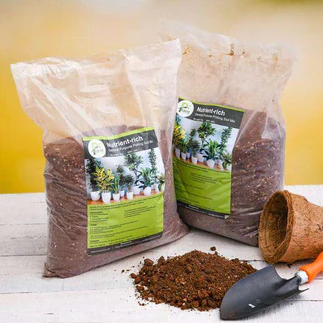
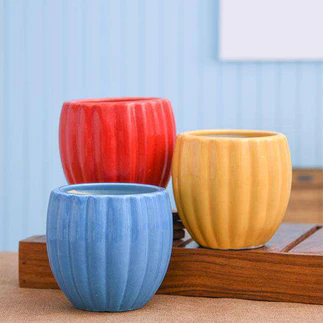
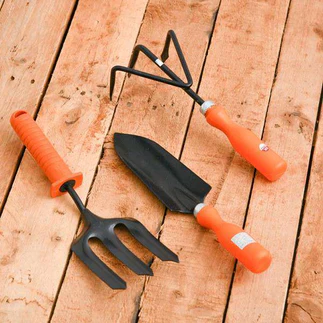
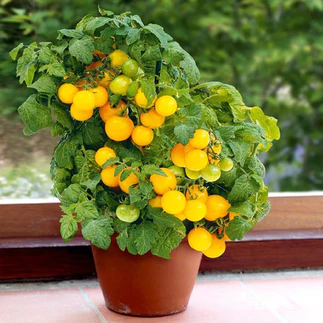
Reviews
There are no reviews yet.